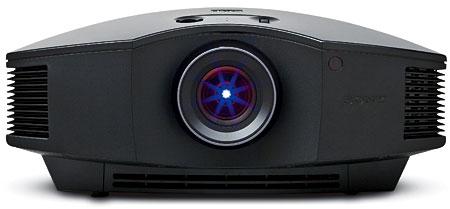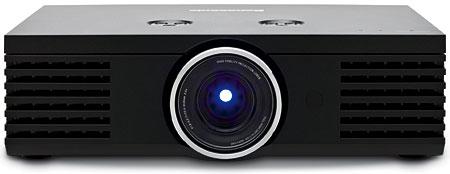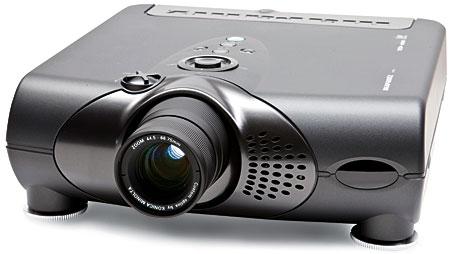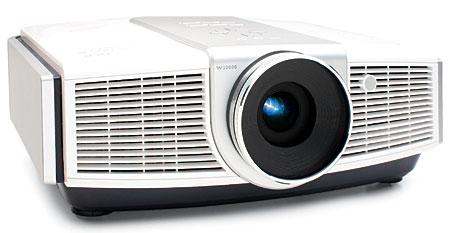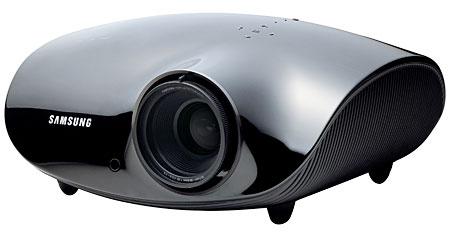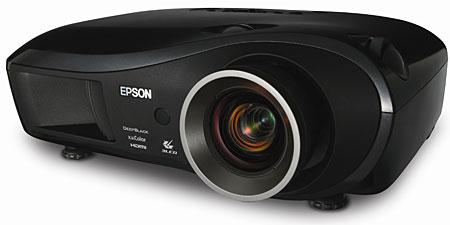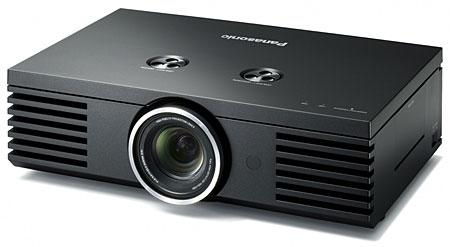Projector Reviews
Sort By: Post Date TitlePublish Date
|
Jul 21, 2008 |
|
Mar 02, 2008 |
First Published: Apr 02, 2008 |
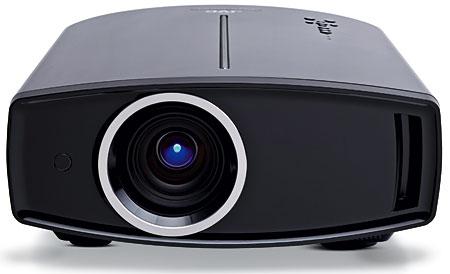
 Price: $7,500 At A Glance: State-of-the-art blacks and contrast • Infinitely tweakable and natural colors • Softer than previous JVC projectors
Price: $7,500 At A Glance: State-of-the-art blacks and contrast • Infinitely tweakable and natural colors • Softer than previous JVC projectors
